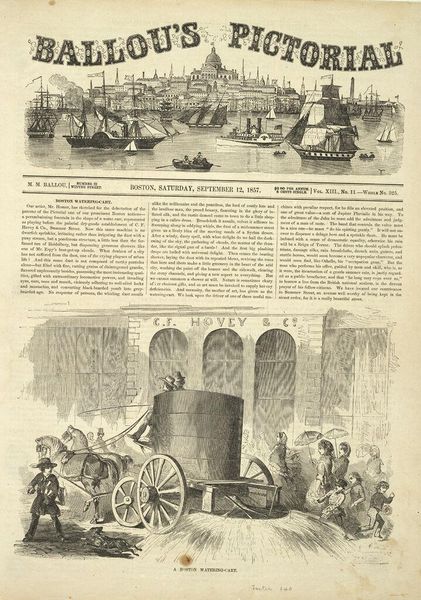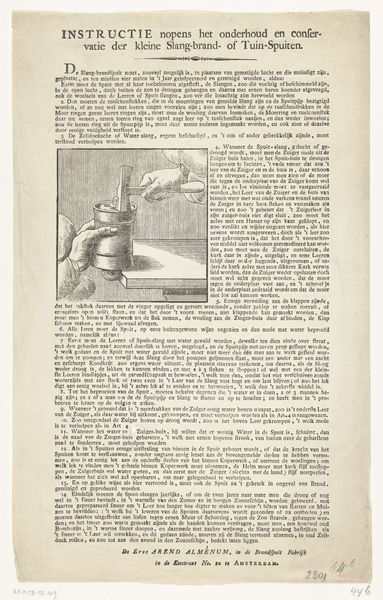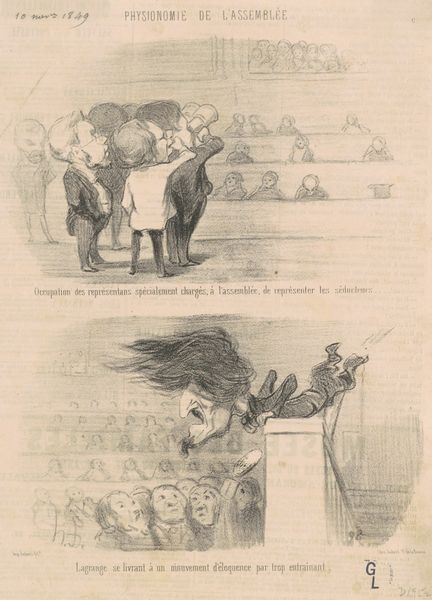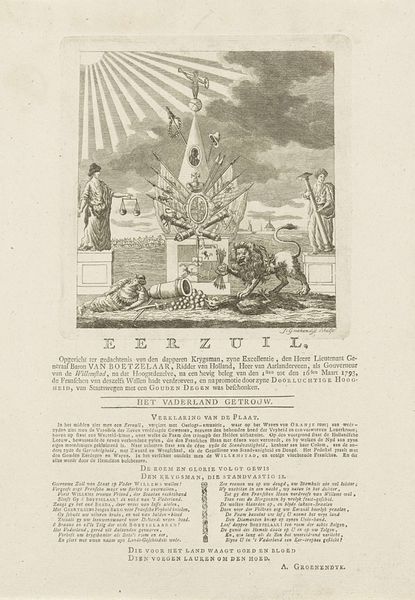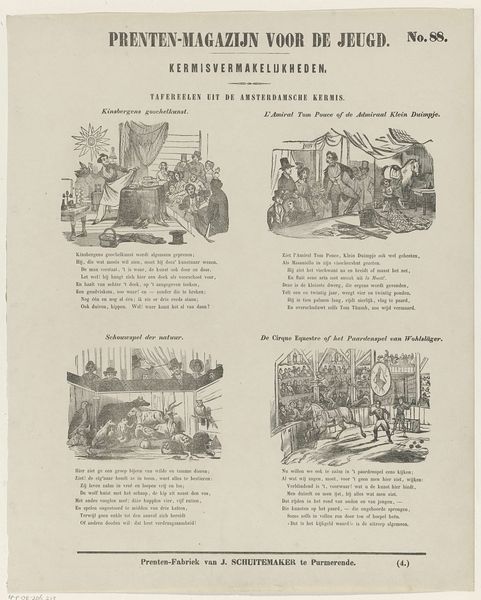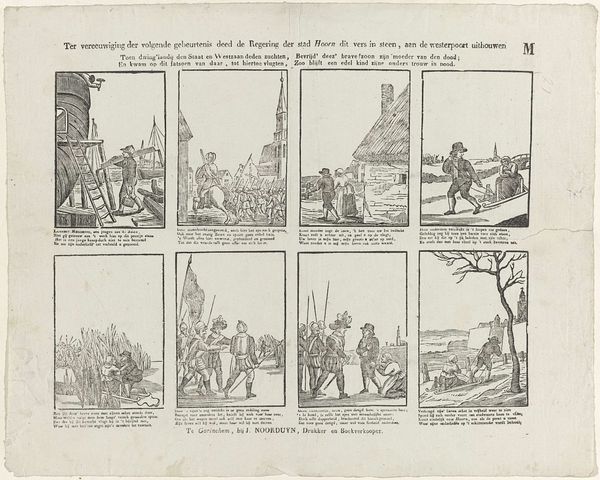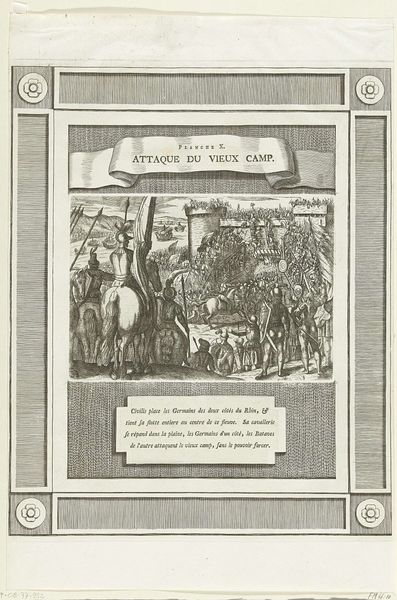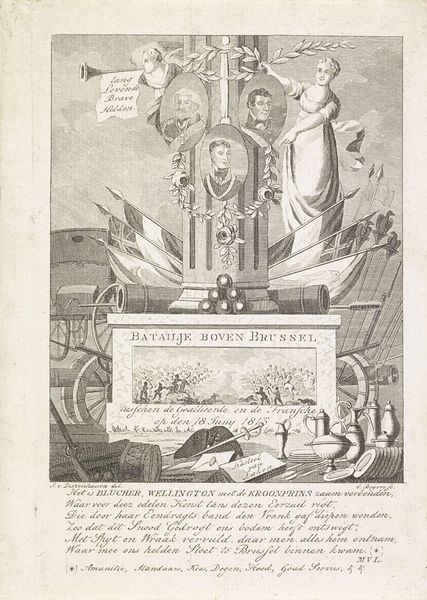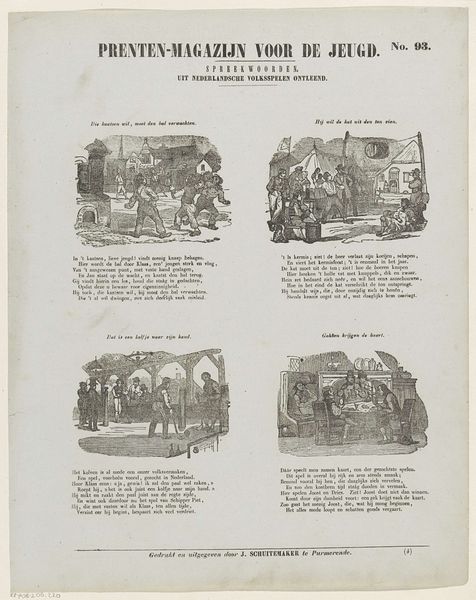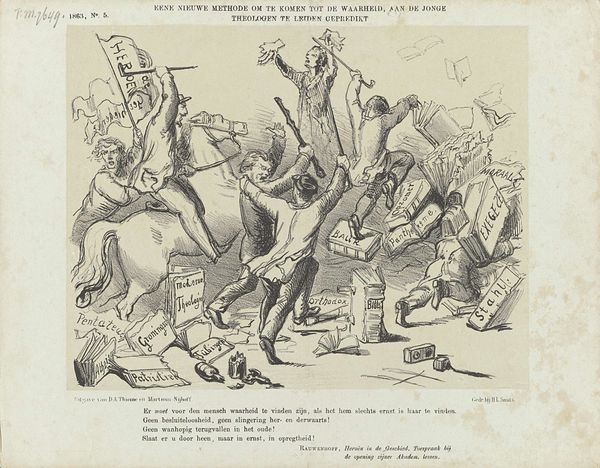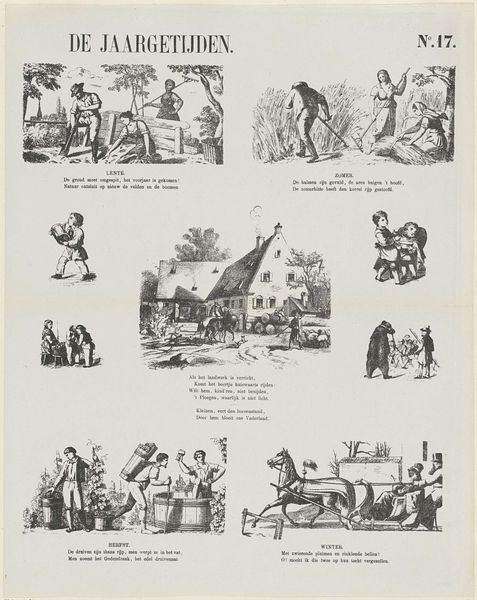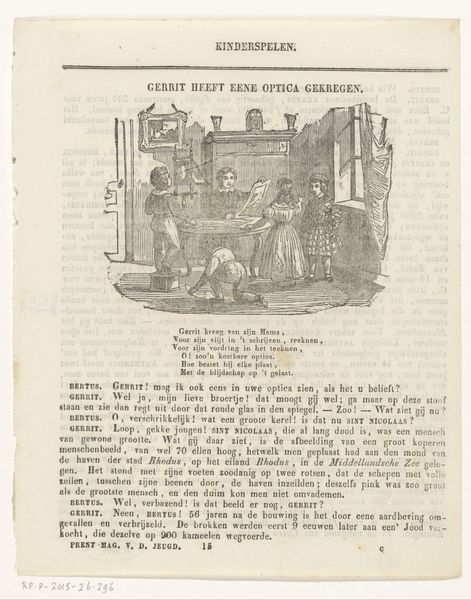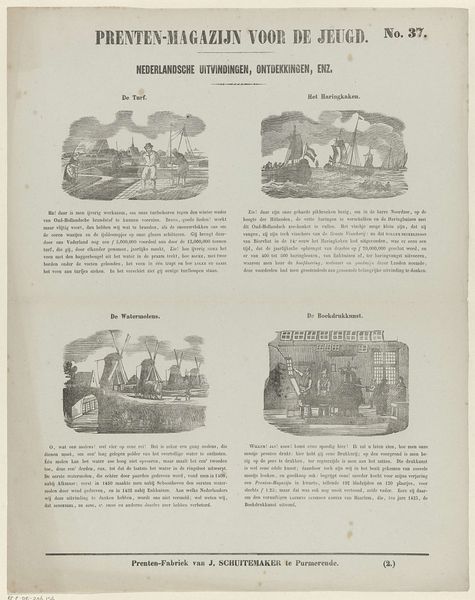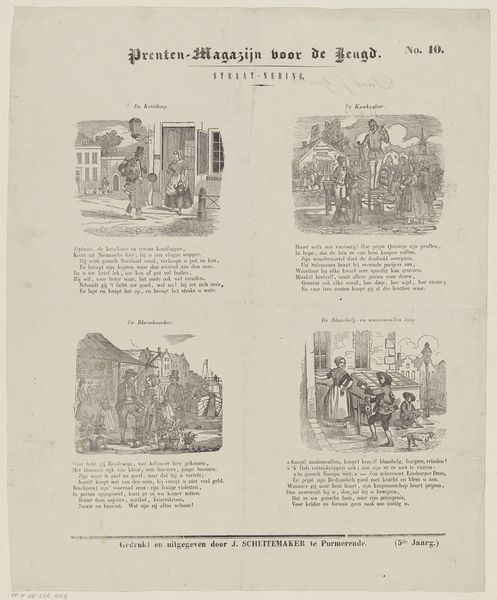
print, engraving
#
allegory
#
baroque
# print
#
old engraving style
#
historical photography
#
15_18th-century
#
history-painting
#
engraving
Dimensions: height 417 mm, width 290 mm
Copyright: Rijks Museum: Open Domain
Curator: Look at the intense detail in this print. It's titled "Allegorie op de berechting van de jood Aron Abrams, 1737" – "Allegory on the Judgement of the Jew Aron Abrams, 1737." An anonymous work from 1737. The baroque style is unmistakable, isn't it? Editor: Absolutely. The chaotic composition certainly catches the eye. There's an almost visceral sense of judgement and... animalistic cruelty, if I'm being honest. What exactly are we looking at? Curator: Well, on the one hand we are seeing justice being served against a "rascal" named Aron Abrams according to the artist. And on the other, the piece speaks volumes about anti-semitism. This print is rooted in a very specific moment in Amsterdam's history. It reveals deep-seated societal prejudices. The inscription uses animal metaphors–pig, wolf, fox, dog–to represent Aron Abrams, associating him with undesirable traits. Editor: It’s disturbing to see animals associated with him as a way to justify, or visually represent, perceived wrongdoing. But who commissioned such a thing, and what kind of message was it intending to convey? What narratives were they building by representing punishment as righteous? Curator: Exactly. Justice isn't depicted as blind; it's actively biased, literally weighing scales according to prejudice. "Castigatio" we see over the door where two figures are putting the third into a rope noose; This points toward an institution – the prevailing attitude – enabling and justifying his maltreatment. Remember, art in the 18th century often served as propaganda, visually enforcing social hierarchies. Editor: So the symbolism underscores that abuse and persecution. Examining it today forces us to confront these disturbing intersectionalities of power, race, and religious persecution within a historical context. I keep wondering, what responsibility do museums like the Rijksmuseum have to ensure such hateful representations don't go unchecked when presenting work of this nature? Curator: A profound question and necessary debate. Pieces such as these must serve as visual prompts for us to talk about the implications of historical power, bias and the painful legacy of structural antisemitism, yes? Editor: Without a doubt. By exploring the full implications, and framing artworks in ways that provide a safe space for productive criticism we can fully take advantage of such loaded imagery and artifacts.
Comments
No comments
Be the first to comment and join the conversation on the ultimate creative platform.
